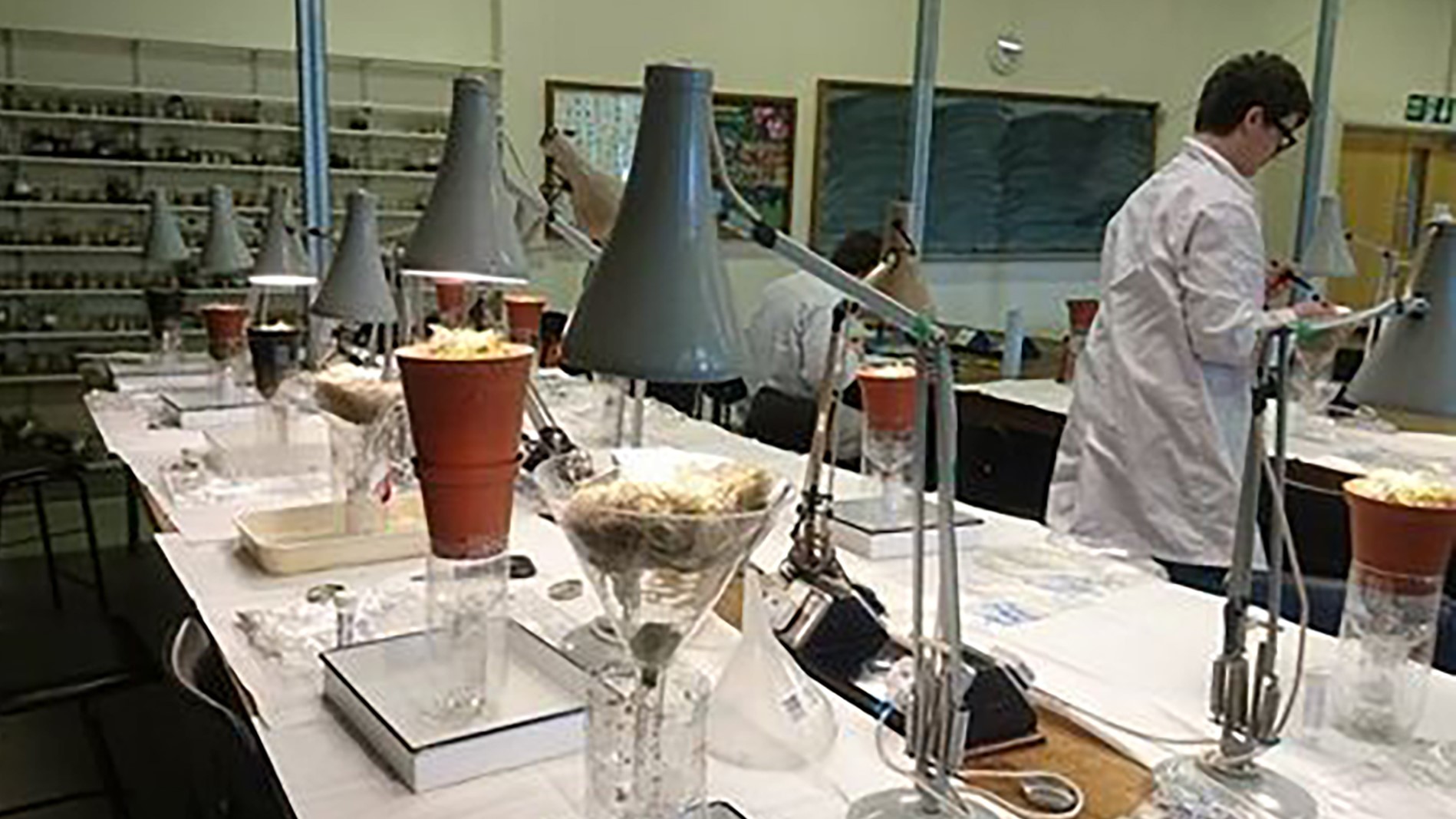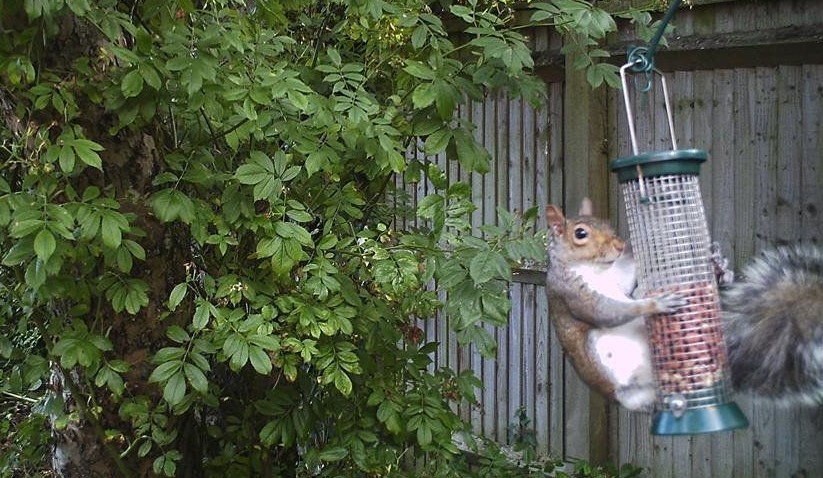
These gardens are amazing corridors for wildlife in an urban landscape and could hold a lot of potential for managing the biodiversity crisis.
In this research project we wanted to understand the role our gardens and garden owners play in the urban environment for songbirds and what we can do to encourage wildlife to flourish.
Our research project working with the University of Reading started in 2014, funding a PhD student. The research aimed to understand more about garden owners and the effect of supplementary feeding on predation rates on garden birds. We also wanted to understand how our domestic pets, feeding habits and man-made materials which are left out can affect bird nesting and reproduction.
For many people who live in urban areas, feeding birds is one of the best ways for them to connect with nature and wildlife. Over 58% of people in the UK provide food for birds, with over £279 million spent last year on outdoor bird food. Conservative estimates suggest that over 30 million birds could survive on this food alone. However, there has been little research conducted into if supplementary feeding could also have unintended negative consequences.
Predators may be attracted to the high densities of birds congregating by feeders, and therefore more likely to predate nests that are close-by. Our research wanted to find ways to mitigate these issues and offer solutions to keep our garden birds happy and healthy.

Using a combination of citizen science, GPS location tags for cats, bird feeders, cameras and artificial nests to study predation, we specifically wanted to know:
Sir David Attenborough said on gardens during the pandemic:
"I've certainly spent more time in my garden listening to birds, than I have for a very long time. A lot of people have been surprised by that - a lot of people have suddenly realised what deep, profound joy can come from witnessing the rest of the world - the natural world."

We have gained valuable insight from our gardens for birds research project, showing that providing food for garden birds can increase the levels of nest predation.
However, there are easy solutions to manage these issues and we would advise that you remember these simple steps:
Our urban gardens can provide a safe haven for wildlife, whether your garden is large or small. Following these tips can help to mitigate negative consequences caused by supplementary feeding.
To further encourage wildlife into your local area, read more tips and advice.
Hugh holds a BSc Zoology (Hons) degree and an MRes in Environmental Biology from the University of St Andrews in Scotland as well as his PhD from Reading on the ecology of urban birds.
Martina Cecchetti has put in so much work on our study into Cats and Their Owners, alongside Dr Sarah Crowley and Prof. Robbie Mcdonald on the University of Exeter team.
Hanmer, H.J., Thomas, R.L., Fellowes, M.D.E. (2016) Provision of supplementary food for wild birds may increase the risk of local nest predation. Ibis. 159:158-167.
Hanmer, H.J., Thomas, R.L., Fellowes, M.D.E. (2017) Urbanisation influences range size of the domestic cat (Felis catus): consequences for conservation. Journal of Urban Ecology. 3(1):1-11.
Hanmer, H.J., Thomas, R.L., Beswick, G.J.F., Collins, B.P., Fellowes, M.D.E. (2017) Use of anthropogenic material affects bird nest arthropod community structure: influence of urbanisation, and consequences for ectoparasites and fledging success. Journal of Ornithology. 1-15.
Hanmer, H.J., Thomas, R.L., Fellowes, M.D.E. (2018) Introduced Grey Squirrels subvert supplementary feeding of suburban wild birds. Landscape and Urban planning. 177:10-18.
Davies, Z.G., Fuller, R.A., Loram, A., Irvine, K.N., Sims, V., Gaston, K.J. (2009) A national scale inventory of resource provision for biodiversity within domestic gardens. Biological Conservation. 142:761-771.
Orros, M.E., Fellowed, M.D.E. (2015) Wild Bird Feeding in an Urban Area: Intensity, Economics and Numbers of Individuals Supported. Acta Ornithologica. 50(1):43-58.
PFMA (2022, May 24). PFMA Market Data 2021. Pet Food Manufacturers Association. https://www.pfma.org.uk/statistics
See our publication library for more of our research.
Receive our monthly e-news and regular updates